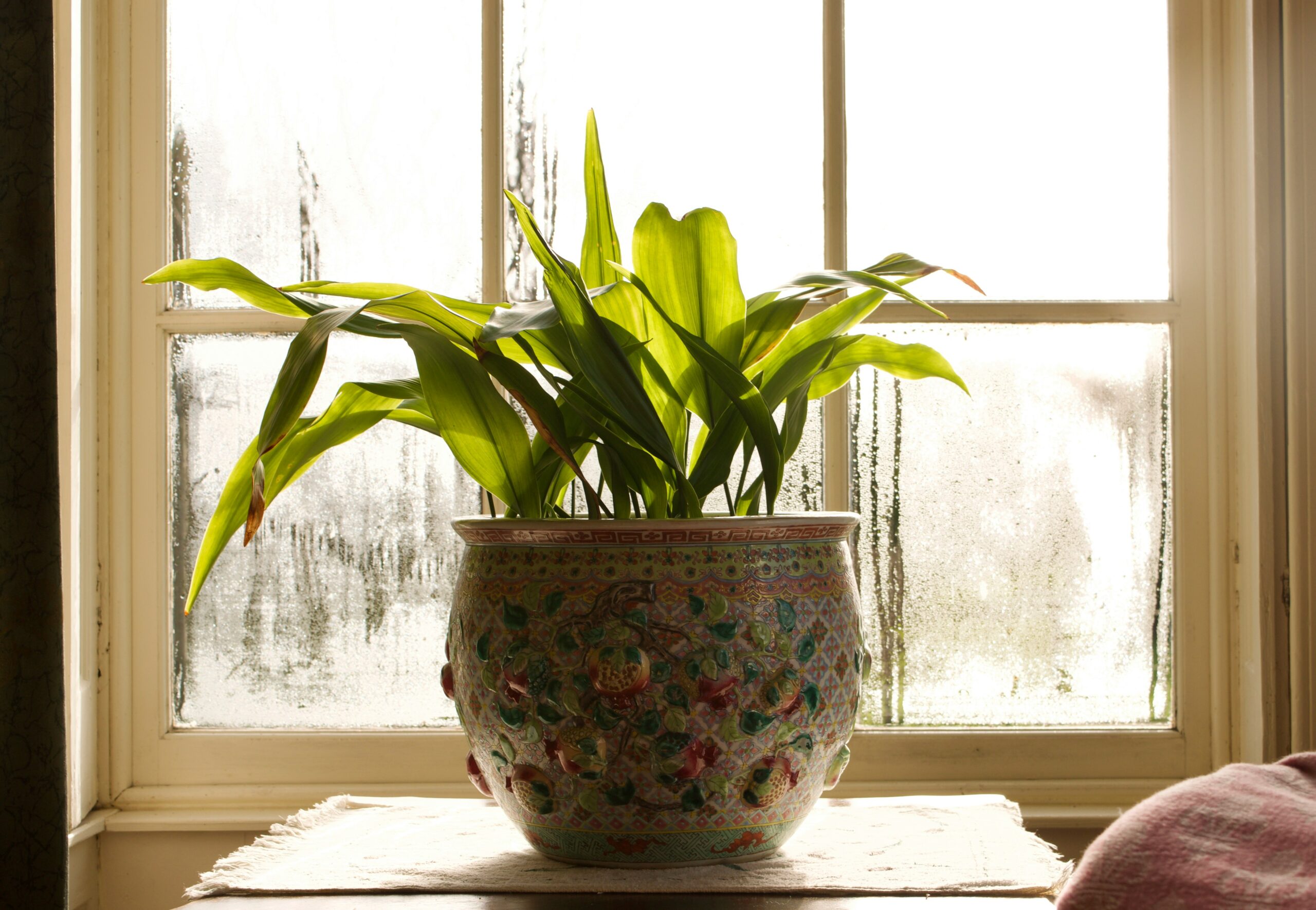There are as many people inside as there are in the market, yet this place seems quieter and calmer. Made entirely from Papier Mache, the colorful walls are covered in intricate naqshband artforms. The three tall dome ceilings of the entrance of the central chamber beckon the visitor into a world of noiseless sensation wrapped in from the outside of a city abuzz, curtained in by the army of pigeon sentries sitting on every possible space of wall and structure, in crowds of countless flutter. At the center of the bustling Khanqah market of Shrinagar, situated on the right bank of Jhelum, sits this picturesque shrine. Even though one has to descend downstairs to enter the main space, the monument stands out with its exquisite three-storied architecture and multi-layered pyramidal rooftop in the colors of wood and green.

The architecture was meant to be inclusive and accommodate all people near the river and in the market. It has tombs of saints, a mosque, congregation halls for sermons, and was a palace to the rajas. But over centuries, this accommodation has transformed into the space of one’s thoughts and feelings where one could come and get mesmerized by peace while inadvertently discovering life.
There are two ways to reach the back end of the building, one from the left of the central chamber and the other from the right. From the right end, the building has an elongated open balcony made of handcrafted wood with round arches, a small garden, and it is sunny as most sunlight falls on this side. It is bright, covered entirely as if by a sheer of birds, in other words, lively, hopeful, and delightful. The left side is starkly different, with a narrow lane that seems eerie and has a graveyard adjacent to it. The lane leading to the back from this side is narrow, shaded, and dark due to the tall structure of the monument casting its shadow. It depicts uncertainty and hopelessness and gloomy thoughts just as this lane is, crammed in between the towering structure of the building and the graveyard.
Walking from either way, one reaches the back, and it is an entirely different experience from the main central chamber. A tall balcony protrudes out with the support of wooden pillars that seem untouched and almost suspenseful. The entire backside of the building is covered; there are no open balconies from this side, which perhaps indicates some sort of closure. As in, it is the end. But not necessarily so because, as it opens another way to the river Jhelum, that can only mean hope and endless possibilities. Circling the monumental building will make one feel and experience the circle of life. From delight to hope, from hope to hopelessness, from hopelessness to closure, to endless possibilities and hope again.
In the balcony and the covered small chamber, women congregate and express themselves and tell their stories. Indulging in conversations with each other, seeking help, seeking knowledge, and sharing thoughts, they tie a cut piece of fabric of their kurta or dupatta anywhere around the frames and structures of the windows and railings. These acts of finding oneself, the emotional interdependence, knots of fabrics everywhere seem to blend into the overall architecture and aesthetic of Khanqah. All activities in this space seem effortless and rightly placed. The thoughts and emotions run like the river Jhelum in the backyard. The darkness looms. The lush green garden accepts the gifts of the sun and birds. The graveyard, the river, and the chinar tree sit next to each other in the sky view from the balcony and, without much trying, adds a different dimension to the experience of the circle of life. It seems overwhelming at one time, and yet nothing is happening. Even with so many activities, conversations, recitations, birds, and people walking around offering Tehri and halwa to the visitors, somehow familiar serenity reigns.
Author: Hiba Ishaq
[Peace Building; St. Stephen’s College; Folk Music]Illustration: Hiba Ishaq











 Report This
Report This
Leave a Reply
You must be logged in to post a comment.